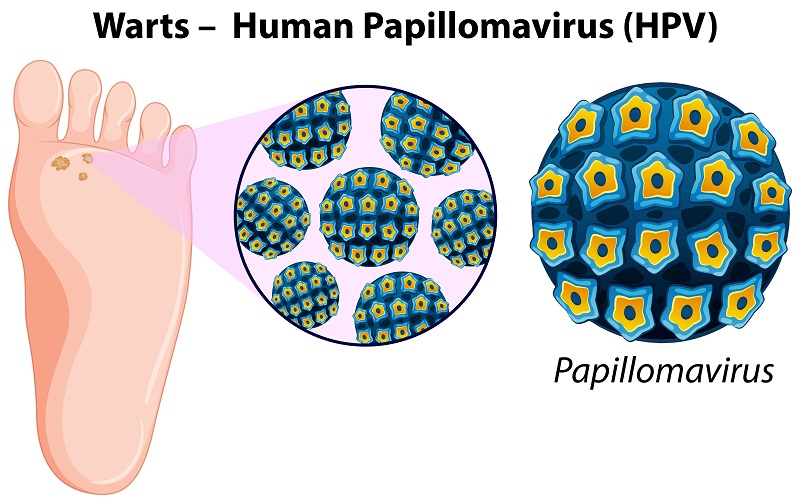Warts are small bumps that can develop anywhere on the skin, as well as on the face, neck, fingers, and toes. They are caused by viral infections of the top layer of skin, which means they can’t be treated with antibiotics.
Fortunately, warts removal can be a simple medical treatment done in a doctor’s office in about 20 minutes called electrocautery or by freezing them off with liquid nitrogen. Most warts will be gone within two weeks after your appointment; you should notice your skin start to peel away from the wart at that time as well.
Table of Contents
Step 1: Know The Right Time To See a Doctor
Sometimes, the warts removal can be done without visiting a doctor. There are times where you find it necessary to seek medical treatment. For example, if you have tried using over-the-counter treatments and these haven’t worked, it’s time to schedule an appointment with your healthcare provider so they can determine what next steps are best.
Step 2: Explore Treatment Options

All reputable dermatologists have been trained in removing warts, but your options vary depending on which type of wart you have. In general, three types exist: common plantar warts (flat, foot-shaped growths that are usually treated by topical medication), genital warts (rare but curable skin tumors affecting genitalia) and flat warts (smaller flesh-colored bumps than common plantar warts).
Step 3: Start Your Treatment
Warts removal is much safer than letting a doctor do it. There are many home remedies available, from tea tree oil to duct tape. But there’s no single treatment guaranteed to work on all types of warts. For example, burning off a wart with a match or chemical treatment could cause scarring and leave you without any healthy skin nearby. A doctor can help you decide which method is best in your situation—after reviewing your medical history and advising on possible side effects.
Step 4: Follow A Proper Treatment Plan
Treatments may seem easy to perform, but they’re not always so simple. Treatments like freezing or burning warts with liquid nitrogen (which is sometimes used in dermatologist offices) can require a certain amount of care and maintenance as well as follow-up visits.
Burning warts off at home will also result in scabbing and scarring. You should be diligent about how you treat your wart — even if it seems like a small, easy-to-remove problem — because it could develop into something much larger over time if left untreated.
Step 5: Address Any Complications
One fact about warts removal is that it can often work without medical intervention. Addressing any complication will ensure the fading of warts in just a couple of weeks. But if you develop any complications, like an infection or bleeding, then it’s time to see a doctor.
Most doctors will not remove warts except in rare circumstances where they are causing irritation or some other health concern. Your doctor may suggest freezing them off with liquid nitrogen or even surgically removing them with a laser (which hurts more than duct tape). It’s always better to use something like duct tape first to see if you can get rid of your wart yourself before resorting to surgery or other invasive methods.
Conclusion
Hopefully, these steps will help you with warts removal. Make sure you follow all precautions when using wart removal products, to avoid burning or other damage to your skin. But even with small risks and a few failed attempts, there is no question that do-it-yourself treatments are often safer than going under a doctor’s knife. So if you’re ready to remove unsightly warts for good, here’s how.






